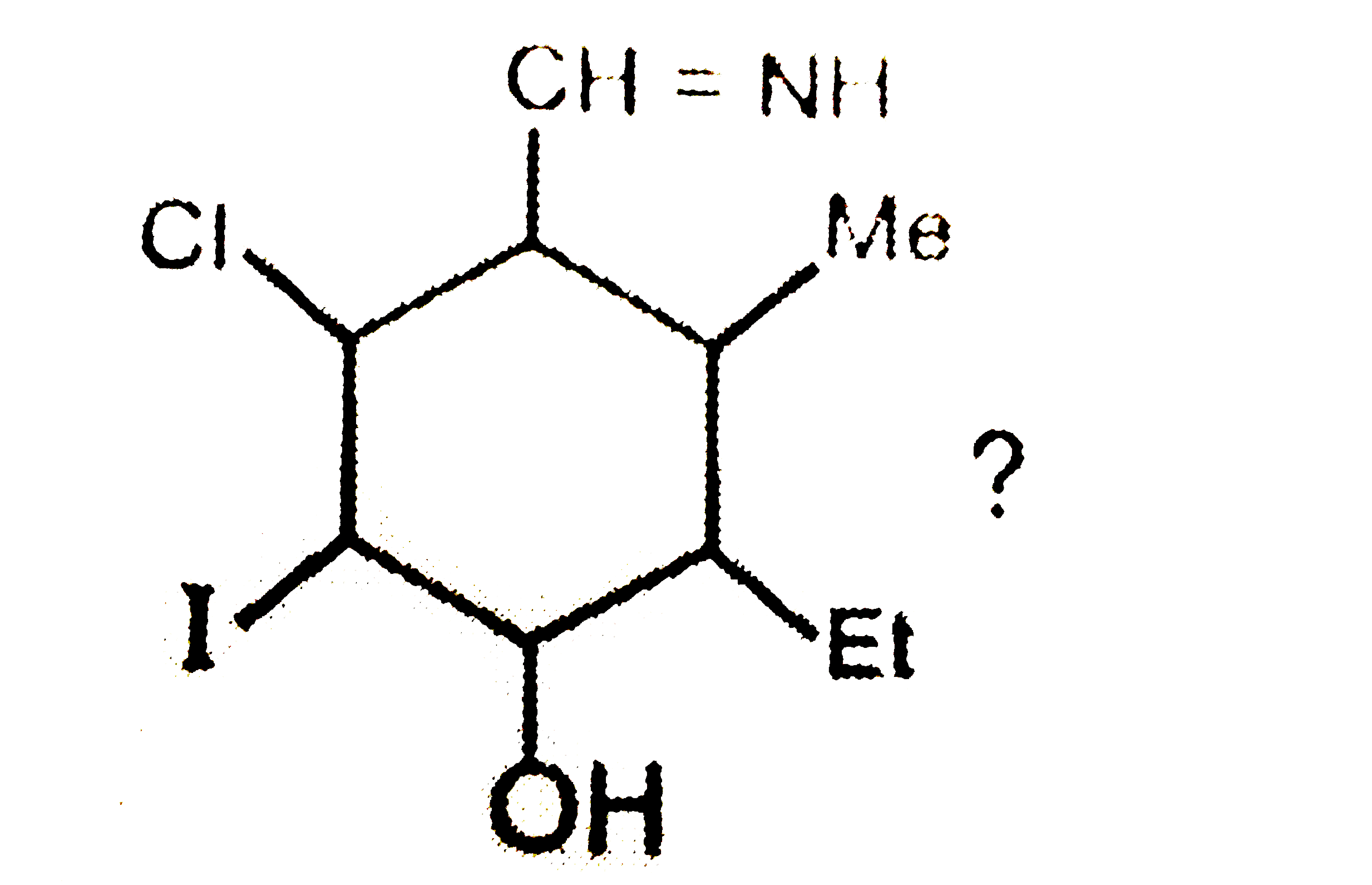If n=16 in plant cell, then how many bivalents in metaphase-I of meiosis are possible ?
32 bivalents
16 tetravalents
16 bivalents
32 bivalents
The correct Answer is:C
To solve the problem of how many bivalents are possible in metaphase-I of meiosis when n=16 in a plant cell, we can follow these steps:
1. Understand the Value of n:
- The variable n represents the haploid number of chromosomes. Given that n = 16, this means that the haploid set of chromosomes in the plant cell consists of 16 chromosomes.
2. Determine the Diploid Number (2n):
- The diploid number of chromosomes (2n) is calculated by multiplying n by 2.
- Thus, 2n = 2 * 16 = 32.
- This means the plant cell has a total of 32 chromosomes.
3. Understanding Bivalents Formation:
- During meiosis, specifically in prophase-I, homologous chromosomes pair up to form structures called bivalents.
- Each bivalent consists of a pair of homologous chromosomes.
4. Calculate the Number of Bivalents:
- Since each bivalent is formed by pairing two homologous chromosomes, the total number of bivalents formed will be half of the total number of chromosomes in the diploid cell.
- Therefore, the number of bivalents = Total chromosomes / 2 = 32 / 2 = 16.
5. Conclusion:
- In metaphase-I of meiosis, when n = 16, the number of bivalents that can be formed is 16.
Final Answer:
The number of bivalents in metaphase-I of meiosis is 16.
---
- The variable n represents the haploid number of chromosomes. Given that n = 16, this means that the haploid set of chromosomes in the plant cell consists of 16 chromosomes.
- The diploid number of chromosomes (2n) is calculated by multiplying n by 2.
- Thus, 2n = 2 * 16 = 32.
- This means the plant cell has a total of 32 chromosomes.
- During meiosis, specifically in prophase-I, homologous chromosomes pair up to form structures called bivalents.
- Each bivalent consists of a pair of homologous chromosomes.
- Since each bivalent is formed by pairing two homologous chromosomes, the total number of bivalents formed will be half of the total number of chromosomes in the diploid cell.
- Therefore, the number of bivalents = Total chromosomes / 2 = 32 / 2 = 16.
- In metaphase-I of meiosis, when n = 16, the number of bivalents that can be formed is 16.
The number of bivalents in metaphase-I of meiosis is 16.
Topper's Solved these Questions
- BOOK - CENGAGE BIOLOGYCHAPTER - CELL CYCLE AND CELL DIVISIONEXERCISE - Assertion-Reasoning Questions4videos
CELL CYCLE AND CELL DIVISION
- BOOK - CENGAGE BIOLOGYCHAPTER - CELL CYCLE AND CELL DIVISIONEXERCISE - ARCHIVES (Chose the corrct option):21videos
CELL CYCLE AND CELL DIVISION
- BOOK - CENGAGE BIOLOGYCHAPTER - BREATHING AND EXCHANGE OF GASES EXERCISE - Archives15videos
BREATHING AND EXCHANGE OF GASES
- BOOK - CENGAGE BIOLOGYCHAPTER - CELL: STRUCTURE AND FUNCTIONSEXERCISE - ARCHIVES50videos
CELL: STRUCTURE AND FUNCTIONS
Similar Questions
Knowledge Check
- Question 1 - Select One
If 2n = 20 in a plant, then how many linkage groups are present is this ?
A20B10C5D5 or 10 - Question 2 - Select One
In plant cells during metaphase, chromosomes are
Ashortened due to slow removal of proteinaceous monomersBpulled along behind the centromeres towards the polesCirregularly arranged on the equatorial planeDarranged peripherally on the equatorial plane - Question 3 - Select One
How many stereoisomers are possible for
 A128B64C32D16
A128B64C32D16
Distinguish between metaphase of mitosis and metaphase-I of meiosis.
View SolutionHow do metaphase of mitosis and metaphase-I of mciosis differ from each other?
View SolutionThe number of bivalents in Prophase I of meiosis are 10. How many chromosomes will be in Anaphase II of meiosis at each pole?
View SolutionA bivalent of meiosis i consists of
View SolutionIf the numerator of a fraction is increased by 200% and the denominator of the fraction is increased by 250%, the resultant fraction is 3/14. What is the original fraction ?
View Solution

